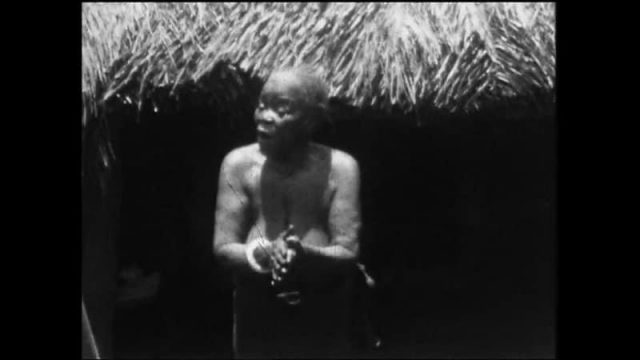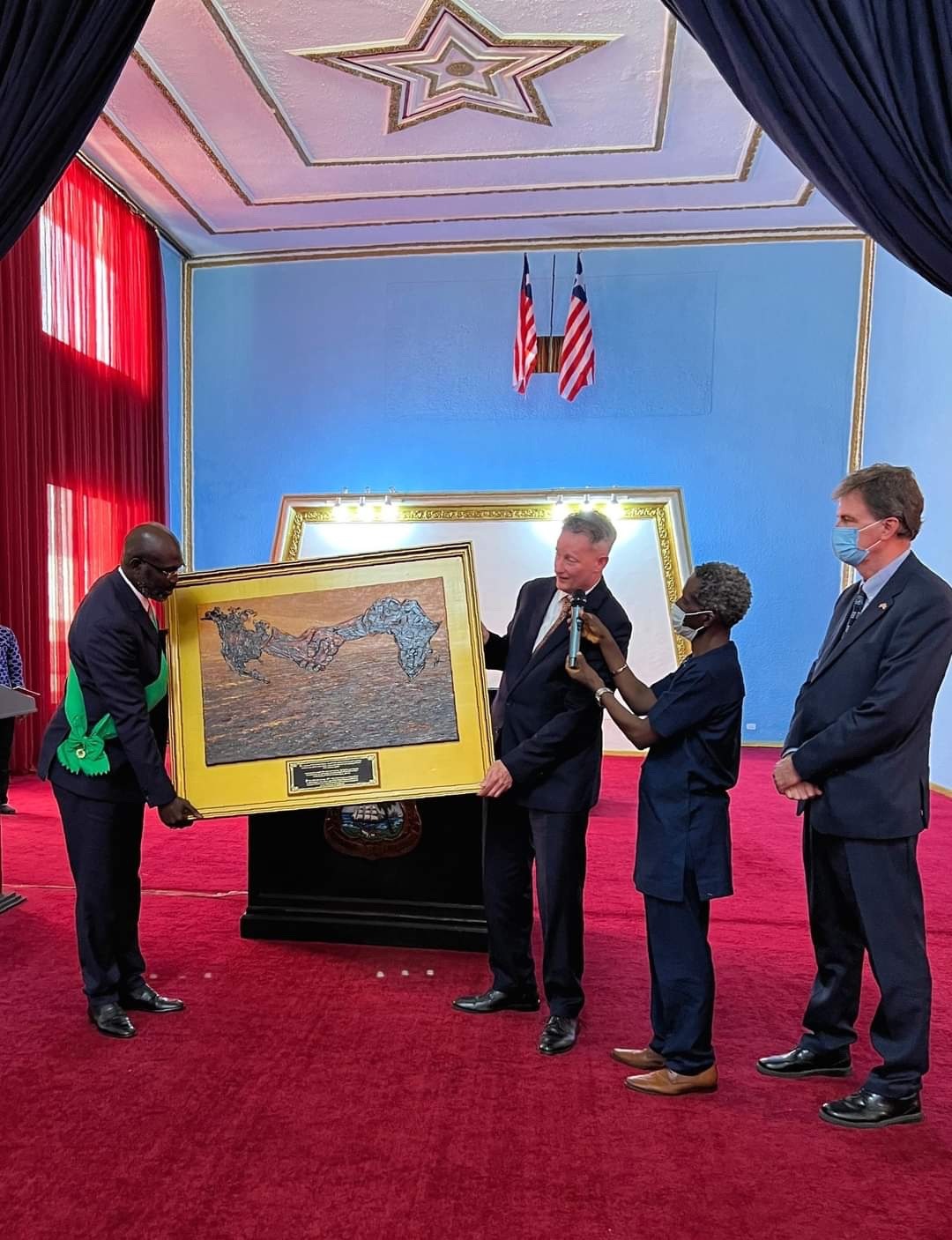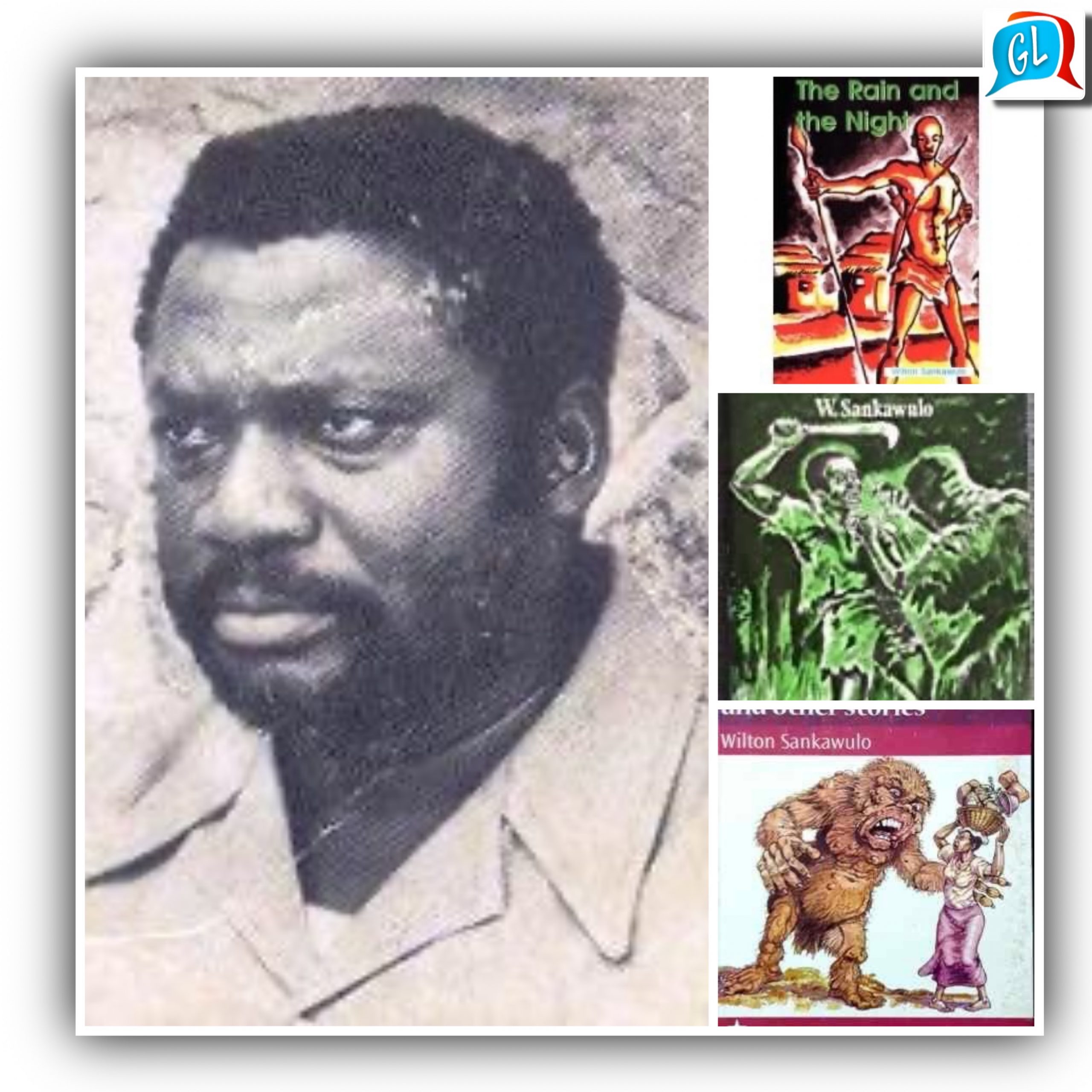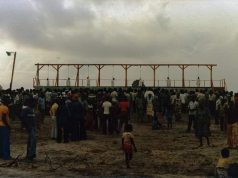Chief Suah Koko: People’s Defender & Peacemaker
In Liberia, women are increasingly holding positions of power and leadership. With a female President, female lawmakers, and female ministers, women are gradually playing prominent roles in Liberian society. Just a half-century ago, it was nearly impossible for women to fill these roles. This exhibit highlights the history of one woman, Chief Suah Koko, who lived above the cultural norms of the time, which kept women as mothers and housekeepers.
As a politician, diplomat, and healer, Chief Suah Koko commanded a vast territory. Under her leadership and through diplomatic negotiations, the Americo-Liberian government was able to gain access to her territory, providing a strategic gateway to the interior of Liberia and the eventual annexation of the northwest region (Bong, Lofa, and Nimba) of the country. Since Chief Suah Koko’s rule, her legacy as a powerful female leader lives on. A town and chiefdom bearing her name along with the newly constructed Chief Suah Koko Center for Rural Women’s Empowerment stand as testament to her lasting contributions to the making of the modern Liberian state.
Today in Liberia there is a town, a clan and an entire chiefdom named in Suah Koko’s honor. They reflect the status of Suah Koko as a powerful chief, diplomatic negotiatior and healer in Liberia.
Historical Figure: Chief Suah Koko With The Bracelet
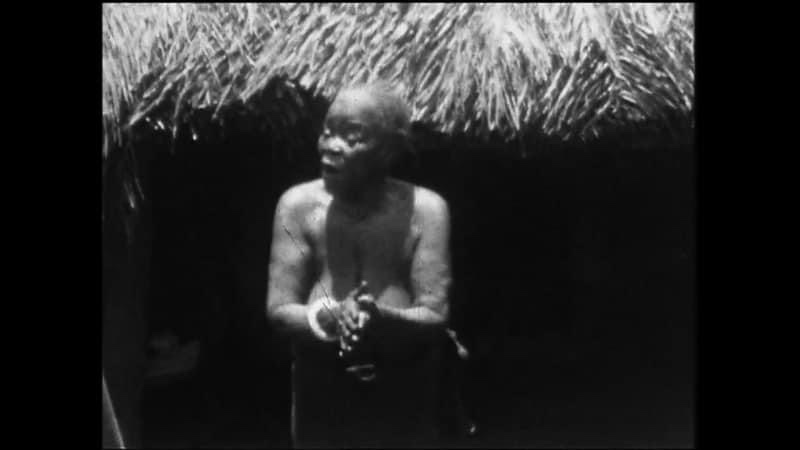
During the early decades of the 20th century, Liberia was divided between coastal Liberia and hinterland Liberia. The African Americans (commonly called Congoes in Liberia), who first came to West Afirca in the 1820s through the American Colonization Society, occupied a stretch of 40 miles from the littoral Atlantic coastline from Grand Cape Mount in the Southwest to Cape Palmas in the Southeast. The “hinterland” occupied the area of the interior beyond this 40 mile stretch. While the Congoes ruled coastal Liberia, various indigenous Chiefs ruled the hinterland. The Congoes interacted with hinterland indigenous people through commerce and trade. But the European conquest of Africa after the Berlin Conference (1884-85) forced Liberia to adopt European methods of effective occupation and control. A military (the Liberia Frontier Force, LFF) was organized in 1908 to carry out this mission.
Chief Suah Koko’s role in the expansion of Liberia.
The Kingdom of Chief Suah Koko was a gateway to the northwestern and northeastern parts of hinterland Liberia. As indicated by Dr. Joseph Saye Guannu, Liberian historian, Chief Suah Koko, seeking peace after many battles, voluntarily gave her territory to the Liberian government. The Liberian government built a military barrack in Sergeant Kollile Ta (Town) or SKT, a town about two mile to the north of present day Suakoko Town. The position of SKT military barrack was useful in conquering Upper Bong, Lofa and Nimba counties.
By: Jenekai M. Nuah



